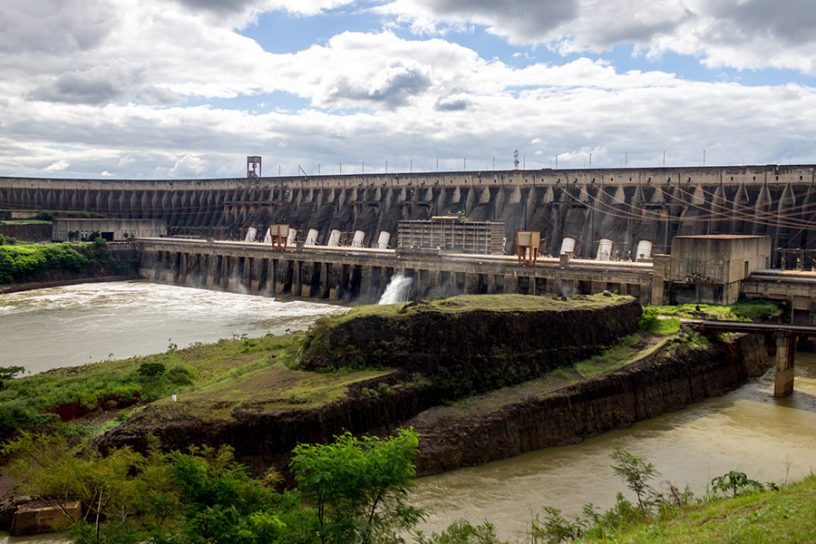
This article evaluates the law on dam safety in India by highlighting the salience of India’s Dam Safety Act.
Author
Tony George Puthucherril, Professor, Jindal Global Law School, O.P. Jindal Global University, Sonipat, Haryana, India.
Summary
Given the many dams worldwide, safety is critical as a dam failure can negatively impact human health, property and the environment. India has a substantial stock of dams, ranking third after the US and China. However, about 80 percent of its large dams are over 25 years old, and nearly 227 dams are over 100 years. These ‘geriatric’ dams continue to function but raise serious safety concerns, with a classic example being the 127-year-old Mullaperiyar Dam.
Although India’s track record of dam safety is more or less satisfactory, there has been poor maintenance and several failures. Even though ‘water’ under India’s Constitution is a matter that India’s States determine, India recently enacted the Dam Safety Act, 2021 at the national level. Many have expressed criticism of this statute for being ‘anti-federal’.
This article evaluates the law on dam safety in India by highlighting the salience of India’s Dam Safety Act. The core argument is that given legislative laxity on the part of States in adopting dam safety measures, and the limitations on a State to legislate beyond its borders, the Union did need to intervene via the Dam Safety Act.
By enacting this statute, the Union has not usurped the States’ powers. Instead, it has fortified cooperative federalism by creating institutional structures at the central and State levels to ensure that dam safety is not compromised and that people do not have to lose their lives unnecessarily.
Published in: Asia Pacific Journal of Environmental Law
To read the full article, please click here.


